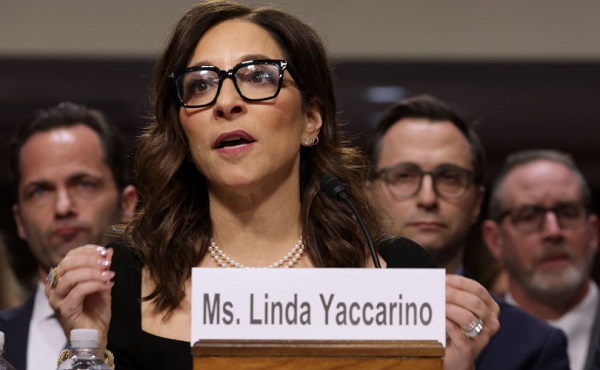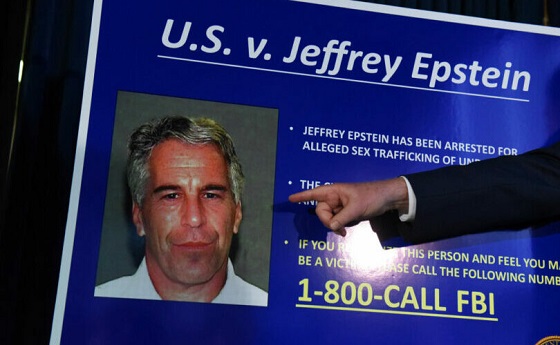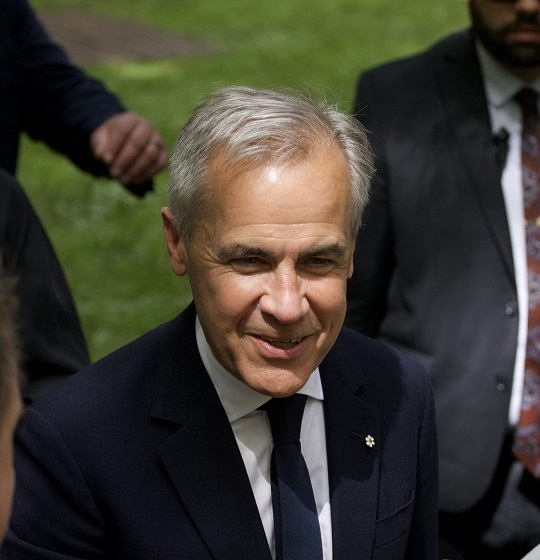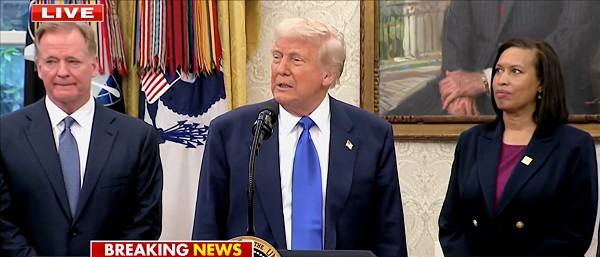Alberta
Alberta Sports Hall of Fame receives Alberta Heritage Award for Outstanding Achievement
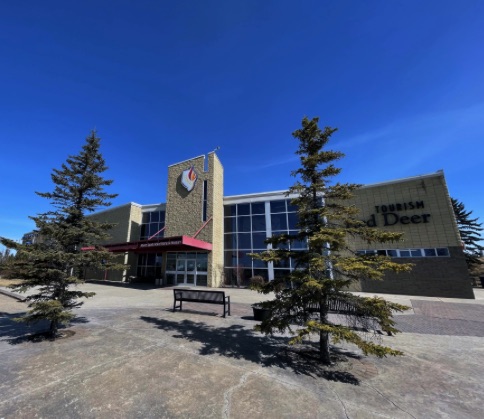
From the Province of Alberta and the Alberta Sports Hall of Fame
Celebrating Albertans who protect our history
Sixteen Albertans and organizations are being recognized for helping preserve and celebrate Alberta’s history at the 2024 Heritage Awards.
The Heritage Awards, which are presented every two years, recognize the people, organizations and communities that are actively engaged in heritage promotion, protection and preservation. Awards are bestowed in three categories: Heritage Awareness, Heritage Conservation and Outstanding Achievement. This year’s awards presentation was held on Sept. 26 in Edmonton at the Queen Elizabeth II Building.
From Tracey Kinsella, Executive Director of the Alberta Sports Hall of Fame
We are excited to announce that we were honoured with the prestigious Outstanding Achievement Heritage Award last night, presented by the Government of Alberta. It was a truly memorable evening filled with celebration, and we are both humbled and proud to be recognized for our contributions.
This award is a testament to the hard work and dedication of our entire team, and we are grateful to be acknowledged among such incredible individuals and organizations.
Thank you to everyone who has supported us on this journey—we look forward to sharing this achievement with our community.
From the Province of Alberta

The 2024 Heritage Award recipients gathered on Sept. 26 to receive their awards.| The 2024 Heritage Award recipients gathered on Sept. 26 to receive their awards.
“Across the province, dedicated Albertans are keeping the stories of the people, places and events in our history alive. We are glad to have the opportunity to honor the Albertans who work passionately, often as volunteers, on conservation and awareness of Alberta’s heritage. Their commitment will help ensure that our stories continue to be told and remembered for many years to come.”
Alberta’s government salutes the winners and nominees of these Heritage Awards, and thanks them for their continued dedication to preserving, protecting and promoting Alberta’s unique heritage and culture.
The 2024 recipients are:
Heritage Awareness
- Beaver Hills Biosphere Region Association for the Beaver Hills Biosphere Video Project
- Clearwater County for the Nordegg Discovery Center Renewal Project
- YouthLink Calgary Police Interpretive Center for The Rogues’ Gallery
- Kyle Schole for the North Saskatchewan River (kisiskâciwani-sîpiy) Canadian Heritage River Designation Project
- Chief Sydney Lee Halcrow & Chief Roderick Willier for Oti Nekan – Treaty No. 8 125th Anniversary Celebration
- Sheri Peyerl for the book Alberta’s Cornerstone: Archaeological Adventures in Glenbow Ranch Provincial Park
Heritage Conservation
- Stephan G. Stephansson Icelandic Society for the Buttermaker’s House Restoration Project
- Sexsmith & District Museum Society for the Alberta Wheat Pool Grain Elevator Preservation Project
- Lacombe Heritage Resources Committee for the Lacombe Heritage Survey and Designation Program
- Dr. Peter Dawson for the Digitally Preserving Alberta’s Diverse Cultural Heritage Project
Outstanding Achievement
- Crowsnest Historical Society, Coleman
- Alberta Sports Hall of Fame and Museum, Red Deer
- Dr. France Levasseur-Ouimet, Edmonton
- Karen Copley, Airdrie
- Donna Nelson, Innisfail
The Heritage Awards program reflects Alberta’s commitment to heritage preservation throughout Alberta. A total of 97 awards have been presented to recipients from across the province since the program rebooted in 2005.
Alberta
Temporary Alberta grid limit unlikely to dampen data centre investment, analyst says
From the Canadian Energy Centre
By Cody Ciona
‘Alberta has never seen this level and volume of load connection requests’
Billions of investment in new data centres is still expected in Alberta despite the province’s electric system operator placing a temporary limit on new large-load grid connections, said Carson Kearl, lead data centre analyst for Enverus Intelligence Research.
Kearl cited NVIDIA CEO Jensen Huang’s estimate from earlier this year that building a one-gigawatt data centre costs between US$60 billion and US$80 billion.
That implies the Alberta Electric System Operator (AESO)’s 1.2 gigawatt temporary limit would still allow for up to C$130 billion of investment.
“It’s got the potential to be extremely impactful to the Alberta power sector and economy,” Kearl said.
Importantly, data centre operators can potentially get around the temporary limit by ‘bringing their own power’ rather than drawing electricity from the existing grid.
In Alberta’s deregulated electricity market – the only one in Canada – large energy consumers like data centres can build the power supply they need by entering project agreements directly with electricity producers.
According to the AESO, there are 30 proposed data centre projects across the province.
The total requested power load for these projects is more than 16 gigawatts, roughly four gigawatts more than Alberta’s demand record in January 2024 during a severe cold snap.
For comparison, Edmonton’s load is around 1.4 gigawatts, the AESO said.
“Alberta has never seen this level and volume of load connection requests,” CEO Aaron Engen said in a statement.
“Because connecting all large loads seeking access would impair grid reliability, we established a limit that preserves system integrity while enabling timely data centre development in Alberta.”
As data centre projects come to the province, so do jobs and other economic benefits.
“You have all of the construction staff associated; electricians, engineers, plumbers, and HVAC people for all the cooling tech that are continuously working on a multi-year time horizon. In the construction phase there’s a lot of spend, and that is just generally good for the ecosystem,” said Kearl.
Investment in local power infrastructure also has long-term job implications for maintenance and upgrades, he said.
“Alberta is a really exciting place when it comes to building data centers,” said Beacon AI CEO Josh Schertzer on a recent ARC Energy Ideas podcast.
“It has really great access to natural gas, it does have some excess grid capacity that can be used in the short term, it’s got a great workforce, and it’s very business-friendly.”
The unaltered reproduction of this content is free of charge with attribution to the Canadian Energy Centre.
Alberta
Alberta Next: Taxation
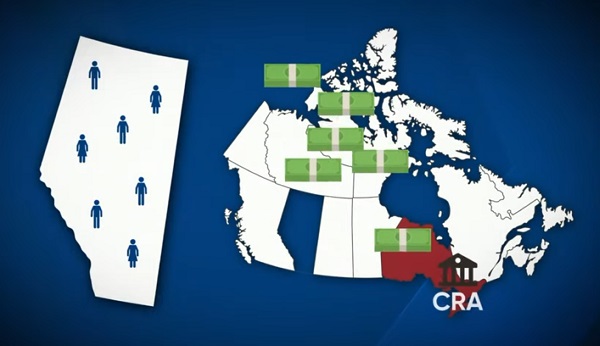
A new video from the Alberta Next panel looks at whether Alberta should stop relying on Ottawa to collect our provincial income taxes. Quebec already does it, and Alberta already collects corporate taxes directly. Doing the same for personal income taxes could mean better tax policy, thousands of new jobs, and less federal interference. But it would take time, cost money, and require building new systems from the ground up.
-

 Uncategorized14 hours ago
Uncategorized14 hours agoCNN’s Shock Climate Polling Data Reinforces Trump’s Energy Agenda
-
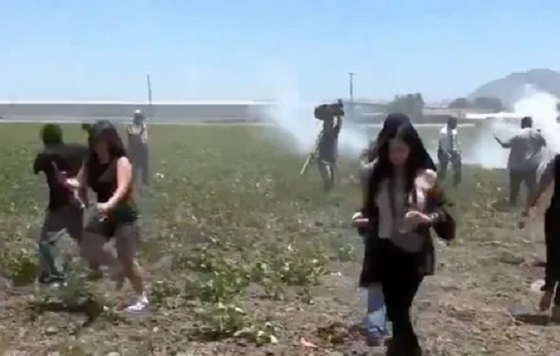
 illegal immigration2 days ago
illegal immigration2 days agoICE raids California pot farm, uncovers illegal aliens and child labor
-

 Frontier Centre for Public Policy15 hours ago
Frontier Centre for Public Policy15 hours agoCanada’s New Border Bill Spies On You, Not The Bad Guys
-
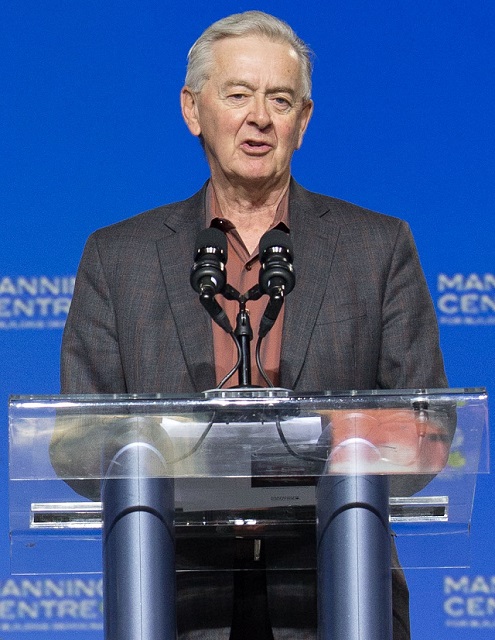
 Opinion7 hours ago
Opinion7 hours agoPreston Manning: Three Wise Men from the East, Again
-

 Addictions6 hours ago
Addictions6 hours agoWhy B.C.’s new witnessed dosing guidelines are built to fail
-

 Business4 hours ago
Business4 hours agoCarney Liberals quietly award Pfizer, Moderna nearly $400 million for new COVID shot contracts
-

 Business1 day ago
Business1 day agoTrump to impose 30% tariff on EU, Mexico
-
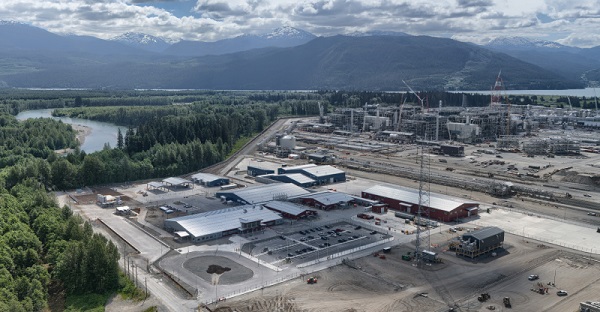
 Energy1 day ago
Energy1 day agoLNG Export Marks Beginning Of Canadian Energy Independence
